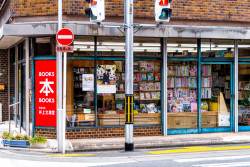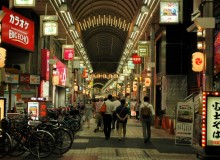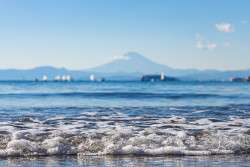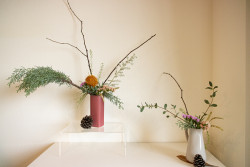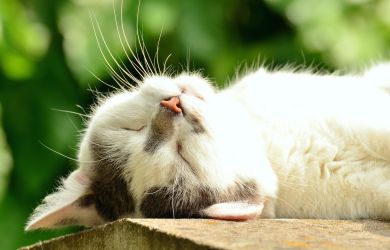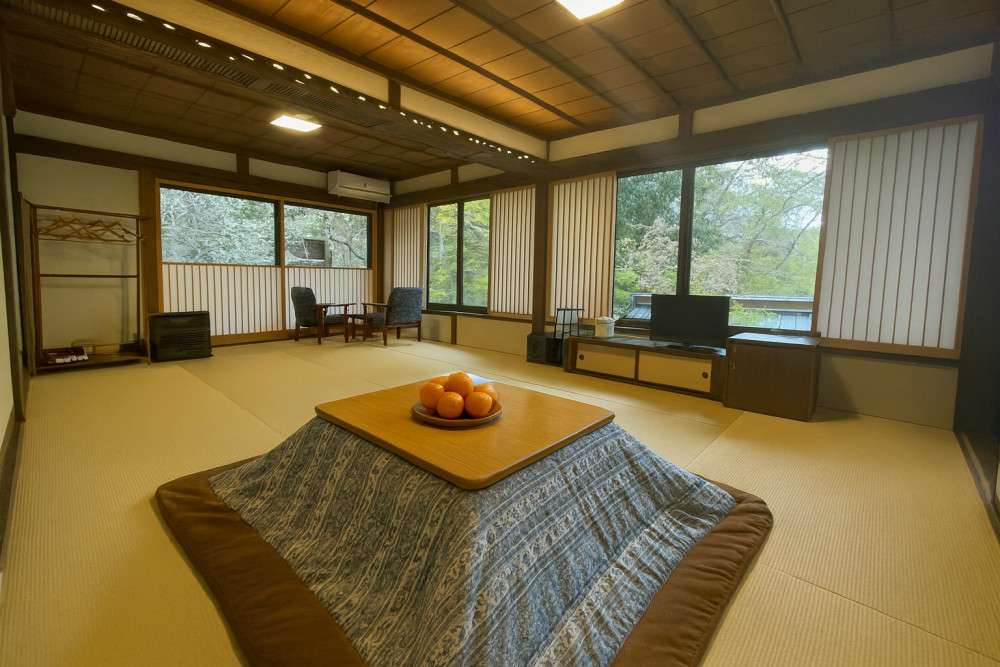
October 23, 2025

Ski, Reflect and Reconnect: A Winter Temple Retreat at Kakurinbo
Recharge your body and mind after a ski trip with a serene temple stay in Minobu
By Metropolis
After a few days of shredding Japan’s famous powder snow in Hakuba or Nozawa, the idea of slowing down might sound like a luxury. That’s exactly what Kakurinbo offers: a temple stay where centuries of Buddhist tradition meet quiet, snow-dusted mountain scenery.
Tucked into the foothills of Mount Minobu in Yamanashi Prefecture, Kakurinbo has stood for more than 550 years. It’s a shukubo (temple lodging) that once housed monks and pilgrims visiting Kuon-ji, the head temple of Nichiren Buddhism. Even today, the gentle ringing of temple bells echoes across the valley, marking the rhythm of life as it has for centuries.
Just a few hours’ drive south of Nagano’s ski fields, Kakurinbo makes an ideal stop for travelers seeking to balance adventure with introspection.

What to Expect from a Temple Stay at Kakurinbo
The temple is located in Minobu, a small town with roughly 750 years of history. It’s the kind of place where every stone path and wooden torii gate seems to tell its own story. The air feels cleaner here. Crisp, quiet, especially in winter, when the mountains surrounding the valley are blanketed in snow.
It’s easy to see why generations of pilgrims have come here seeking peace.
Kakurinbo combines the historical architecture of a Buddhist temple with the comforts of a modern ryokan. Inside, the tatami-floored rooms are simple but elegant, many featuring kotatsu (heated tables) for cold winter evenings. Sliding doors open onto tranquil gardens that look magical under a layer of snow.
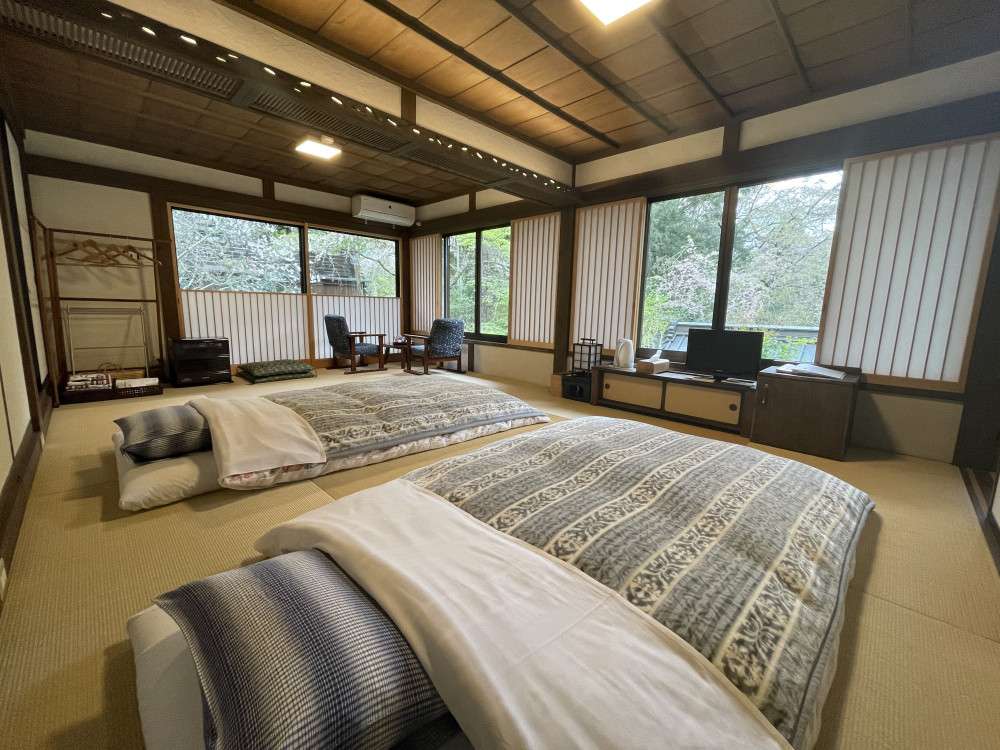
Guests are encouraged to take part in traditional Buddhist practices such as shakyo (stura copying) and zazen meditation. These quiet rituals help clear the mind—especially after the sensory overload of a ski trip or a busy city stay.
The beauty of staying here is that nothing is required. You can wake at dawn for morning prayers at Kuonji Temple and follow it with meditative yoga in the temple hall—or skip all that and carve a Daruma figurine in the afternoon sunshine. Either way, you’re welcome.
Meals at Kakurinbo are an art form. The temple’s chefs prepare shojin ryori (Buddhist vegetarian cuisine) using fresh, local ingredients that change with the season. In winter, that might include root vegetables simmered in miso, delicate handmade tofu and yuba (tofu skin), a specialty of the region.

Learn more about the cultural activities and crafts you can do at Kakurinbo: Minobusan Experiences: Helicopter Ride, Temple Stay, Food and More
Reconnect with Nature and Spirit
One of the most meaningful experiences at Kakurinbo is visiting the Okunoin of Mount Minobu, a sacred site reached by a quiet, forested path. Guests often dress in white robes mirroring the traditional pilgrim’s journey. The walk is meditative, the view from the top humbling.
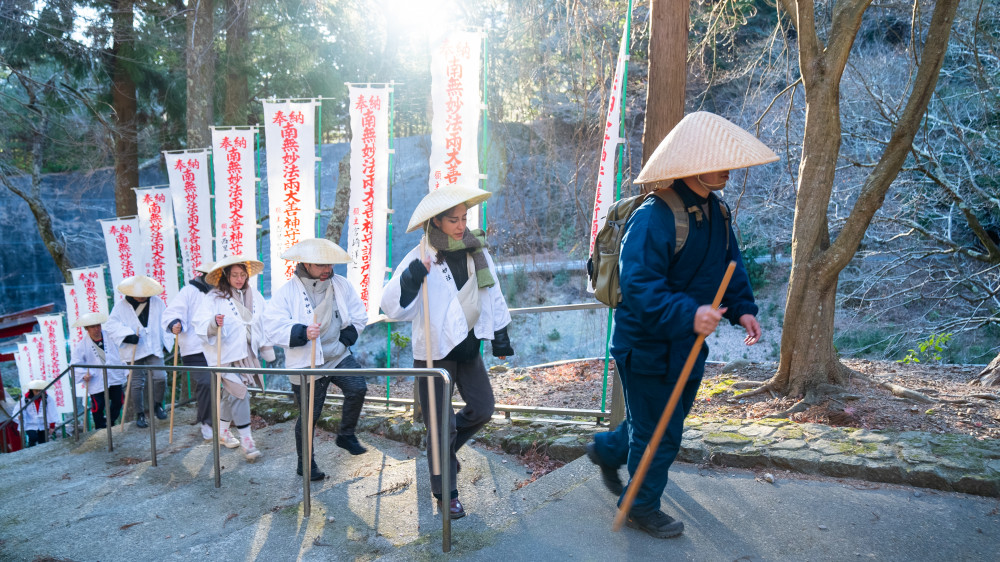
Back at the temple, a soak in an ofuro (traditional bath) melts away any lingering fatigue from the slopes. When night falls, step outside and look up—the lack of city lights reveals a breathtaking field of stars above the dark silhouette of the mountains.
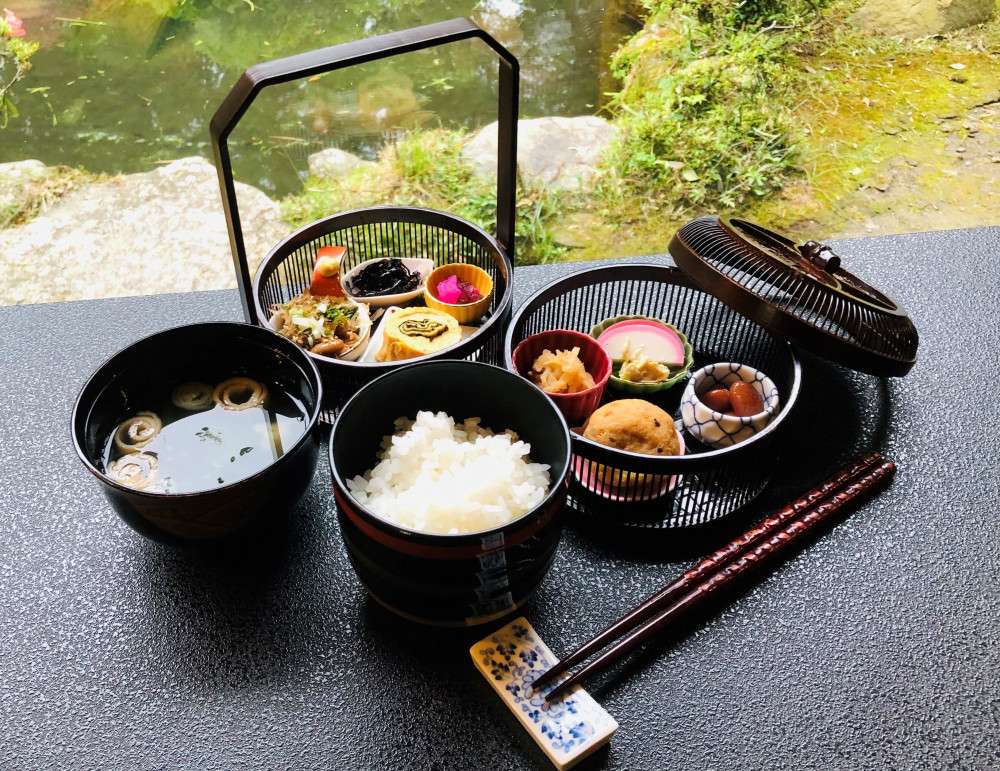
How to Get There
Kakurinbo is located in Minobu Town, southern Yamanashi Prefecture. From Tokyo, take the JR Limited Express Fujikawa to Minobu Station (around two and a half hours). From there, it’s a short taxi or bus ride to the temple.
For those skiing in Nagano, it’s about a two-hour drive south from Hakuba or Nozawa Onsen, an easy stop on your return to Tokyo.

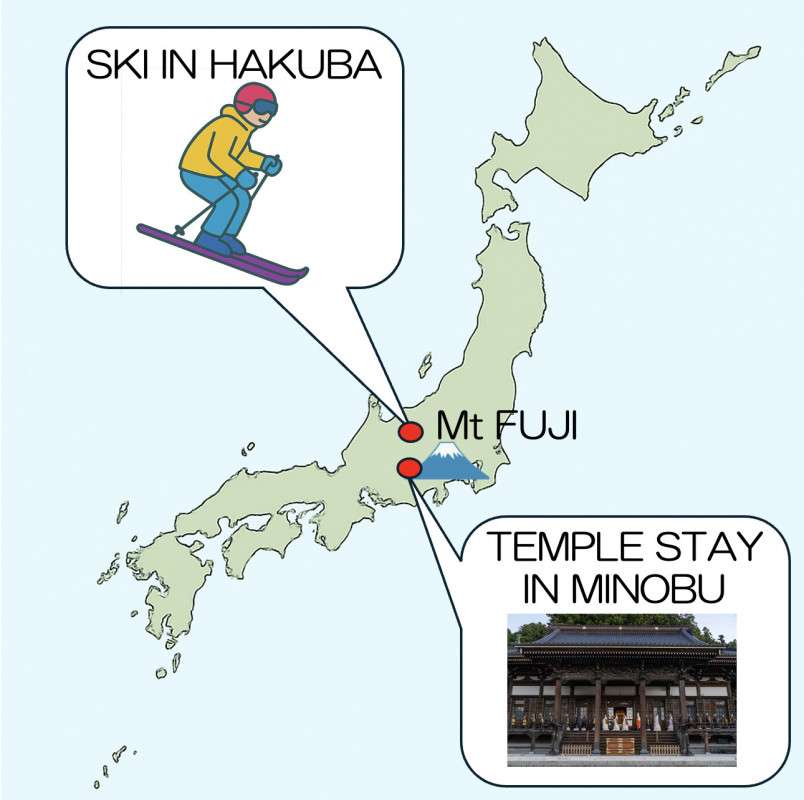
The Winter Plan Details
Kakurinbo’s special Winter Plan offers a two-night, three-day stay for groups of two or more guests. Rates range from ¥55,000 to ¥66,000 per person, including all meals and experiences.
The plan is designed for travelers who want to complement their winter sports trip with something restorative, an authentic temple stay plan after skiing. Whether you’re looking to meditate, write or simply breathe deeply in the stillness of a 550-year-old sanctuary, Kakurinbo provides the space to do it.
